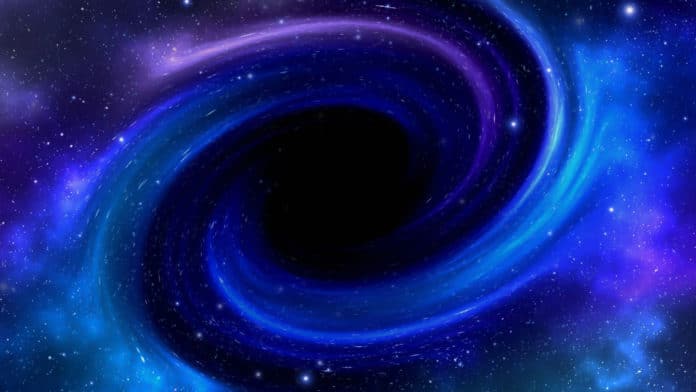Nothing can escape a black hole, not even light. In simple words, they are the regions of space with an extremely strong gravitational field. But we can see the effects black holes have on the space around them.
Black holes remain one of the most mysterious objects in-universe. Understanding them and how they turn supermassive could help astronomers determine the universe’s evolution.
To explain the formation of supermassive black holes and the nature of dark matter, three physicists at the U.S. Department of Energy’s (DOE) Brookhaven National Laboratory have recently developed a model for a dark sector of the universe. Their study explained the cosmological phase transition that enables the formation of supermassive black holes in a dark sector of the universe.
Theoretical physicist Peter Denton said, “Before galaxies existed, the universe was hot and dense, and that is well established. How the universe cooled down to what we observe today is a matter of interest because we don’t have experimental data describing how that happened. We can predict what happened with the known particles because they interact often. But what if there are not-yet-known particles out there performing differently?”
To find out the answer, scientists developed a model to explore the dark sector of the universe, where yet-to-be-discovered particles abound and rarely interact. The frequency of interactions between known particles suggests matter, as we know it, would not have collapsed into black holes very efficiently.
Denton said, “But if there was a dark sector with ultralight dark matter, the early universe might have had just the right conditions for a very efficient form of collapse.”
Scientists know that black holes acquire mass primarily by two means: 1. Accretion, in which matter, mostly dust, falls into black holes. 2. Galactic collisions, during which two black holes can merge.
However, in the early universe, galaxies were in infancy. Hence, scientists wondered how these ancient cosmological wonders grew so massive so quickly. Ultralight dark matter particles could be the missing piece.
Denton said, “We theorized how particles in the dark sector could undergo a phase transition that enables matter to very efficiently collapse into black holes. When the universe’s temperature is just right, the pressure can suddenly drop to a very low level, allowing gravity to take over and matter to collapse. Our understanding of known particles indicates that this process wouldn’t normally happen.”
“Such a phase transition would be a dramatic event, even for something as spectacular as the universe.”
“These collapses are a big deal. They emit gravitational waves. Those waves have a characteristic shape, so we make a prediction for that signal and its expected frequency range.”
Scientists are planning to continue to evaluate new data and refine their models.
Journal Reference:
- Hooman Davoudiasl et al. Supermassive Black Holes, Ultralight Dark Matter, and Gravitational Waves from a First Order Phase Transition. DOI: 10.1103/PhysRevLett.128.081101
